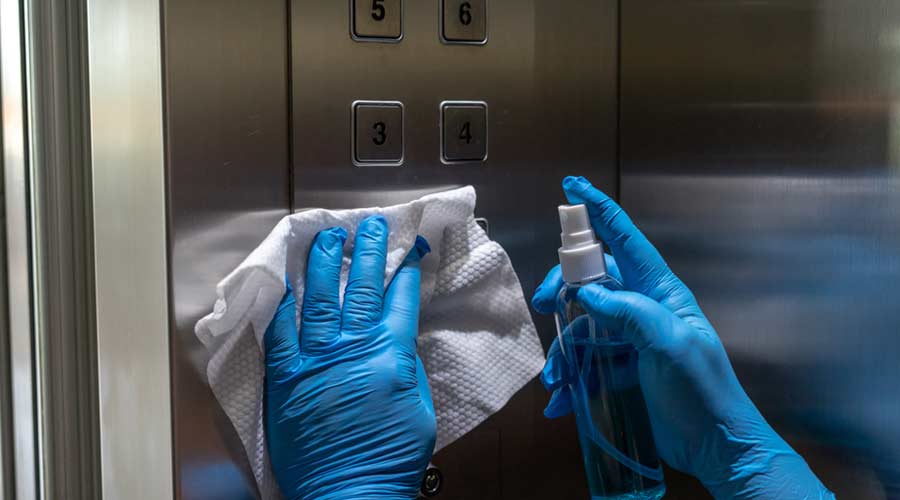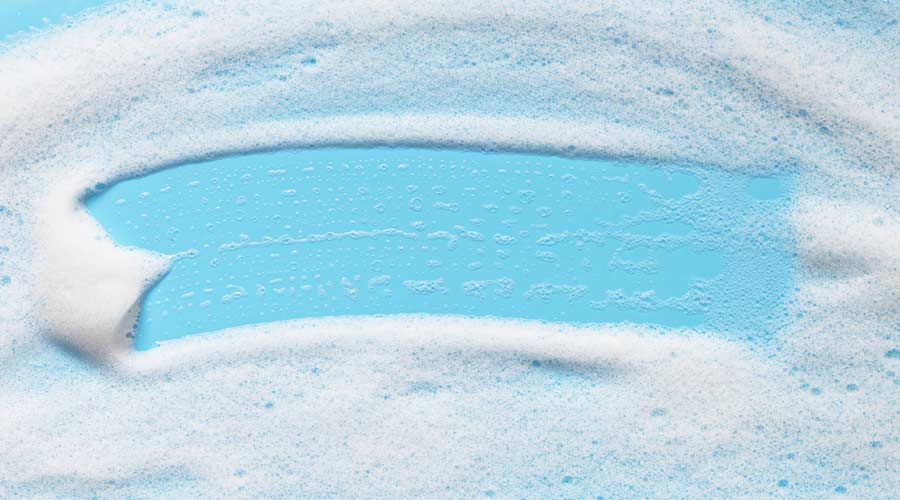
Today, in the United States workforce, the convergence of five generations — Traditionalists, Baby Boomers, Generation X, Millennials, and Gen Z — presents both challenges and opportunities for facilities and custodial management teams. As the oldest members of Gen Alpha (born between 2010 and 2024) begin to join the labor market in certain states, management teams face a unique moment in history, where an unprecedented range of perspectives, skills, and expectations must learn to coexist.
This dynamic, combined with shrinking younger generations and a tightening labor market, underscores the critical need to effectively engage multi-generational teams. After all, Gen Z has three million fewer people than the Millennial generation, and Generation Alpha is expected to be even smaller. With fewer younger workers entering the labor market for at least a generation, employers, including those within the cleaning industry, will likely struggle to maintain a reliable workforce.
The need for facilities directors and custodial management teams to support and retain workers that span many generations is now more pressing than ever. By fostering an inclusive workplace culture that values diverse experiences and adapts to varying needs, management teams can not only navigate these challenges but also build stronger and more resilient teams.
Workforce Engagement
Understanding general distinctions within a team — such as communication styles, motivational drivers, and skill levels — is essential to building a thriving workplace culture within departments. When managers and employees are aware of these differences, they can better attract, motivate, retain, and reward their teams in ways that resonate with individual needs and preferences.
Engaging all team members thoughtfully can also promote more inclusive and balanced decision-making, as diverse perspectives contribute to more comprehensive discussions and outcomes. Recognizing and adapting to distinct communication styles also encourages employees to pause before reacting; reducing assumptions and fostering a respectful, open dialogue.
Leaders who appreciate the variety of experiences, skills, and expertise within their teams are better positioned to build more cohesive and efficient units, wherein each member’s unique strengths are leveraged effectively. This understanding creates a collaborative atmosphere, where team members support each other and work harmoniously toward common goals.
Finally, understanding each other’s strengths and limitations helps facilities workers address and resolve conflicts more constructively. Awareness of these distinctions equips teams to navigate challenges with greater empathy and cohesion, enhancing the team’s collective resilience.
Multi-Generational Challenges
There are several challenges in managing a multi-generational workforce, which include the following:
Communication Styles and Preferences: Different generations often have distinct preferences for communication. For example, Baby Boomers may favor face-to-face or phone conversations, while Millennials and Gen Z often prefer digital communication.
Within the cleaning industry, where work is completed in-person and much of the workplace engagement is face-to-face, younger generations may be perceived as standoffish by older long-time employees.
Technology Gaps: Younger employees often adapt quickly to new technologies and digital workflows, while older employees may prefer more traditional systems, or require additional time and training to become proficient.
In the cleaning industry, this issue may crop up as teams increasingly integrate technology into their routine operations. Older generations may feel defensive or may not know how to keep up with new, technology-based processes. In addition, if management has not helped to cultivate a collaborative team environment, those personnel who are not comfortable with new technologies may not feel comfortable asking for help.
Training Challenges: Different generations may learn in different ways. Some might prefer hands-on or formal training, while others may prefer self-directed, tech-enabled learning through apps or videos.
If a management team has invested in technology platforms to house training and ongoing professional development, this can lead to further challenges for employees who are not well-versed in technology.
Differing Expectations on Workplace Flexibility: Younger generations often expect flexible working arrangements. In contrast, Baby Boomers and Gen X may be more accustomed to structured settings and view face time as essential to productivity and accountability (though they may also want flexibility).
This expectation can exacerbate problems for the cleaning industry at-large, as there are far fewer opportunities to integrate flexibility into this work environment than others (e.g., hybrid or remote work is not an option; some of the work must be done when occupants are not in the building, etc.).
Cross-Generational Preferences
While the focus of many multi-generational conversations is often about the perceived drastic differences, it is critical to note several common factors that all generations deem critical when it comes to an employee having an overall positive outlook on their job. These factors include ensuring there is an environment and workplace culture of respect, meaningful work, growth opportunities, professional and career development, flexibility, and recognition for contributions.
Facilities and custodial management teams would benefit from ensuring that they know the individuals on their teams well enough to deliver on these factors across the board. For example, how important is having meaningful work to someone? How do they define meaningful work? Do all members on the team like being recognized for doing great work? How do they like to be recognized? Can team members envision the next role they might progress to given the current role they are in? Do they know what skills to focus on building to become qualified for the next role? Is there an established mechanism to help employees build those necessary skills?
Exploring these questions and more can help custodial management integrate and improve the multi-generational awareness within their teams. Key steps to make progress on this could include:
-
Using a variety of communication channels, including in-person, digital, and paper methods.
-
Understanding how individuals want to be managed, including factors such as preferred communication styles, desire for recognition, and general expectations.
-
Accommodating different learning styles and ensuring training supports a wide range of technological familiarity.
-
Creating opportunities for colleagues with shared strengths and life experiences to connect on projects, charitable work, and in social events.
-
Using Employee Resource Groups with topics that span generations.
-
Promoting managers who effectively engage multi-generational teams.
-
Recognizing and celebrating milestones and achievements that matter to employees at different life stages.
Successfully managing a multi-generational workforce is critical for teams that are navigating a tightening labor market and evolving workforce demographics. Participants in the Healthy Green Schools & Colleges Program regularly meet and discuss challenges and strategies for effectively engaging multiple generations within their facility cleaning teams, collaborating to implement best practices and learn from each other's attempts to make strides in this area.
By embracing a multi-generational workforce, addressing communication and technology gaps, and fostering a culture of respect and inclusivity, team leaders can cultivate effective, high performing teams.
SaraPorter has worked with Healthy Schools Campaign for over 15 years. She currently serves as director of Healthy Green Schools & Colleges, a program that helps K12 and higher education institutionsidentify and implement low- and no-cost measures that promote healthy environments.

 The Down and Dirty on Cleaning in Virus Season
The Down and Dirty on Cleaning in Virus Season How Surfactant Use is Expanding in Commercial Cleaning
How Surfactant Use is Expanding in Commercial Cleaning Maximize Your Margins: Learn How to Automate Pricing and Track Rebates
Maximize Your Margins: Learn How to Automate Pricing and Track Rebates